Australians spend $9.3 billion on drugs, sewage test reveals
Australia’s sewage has revealed Sydneysiders are consuming twice as much cocaine than Brisbane and Melbourne and the nation spent $9.3 billion in one year on illegal drugs. FIND OUT WHO’S DOING WHAT
Australians are pouring billions into the country’s black market, with most of the cash going to cocaine, meth, MDMA and heroin - and a look at our wastewater has shown just how much we’re consuming.
The Australian Criminal Intelligence Commission dropped its sixth National Wastewater Drug Monitoring Program report, which looked at 58 wastewater stations across the country - 22 major cities and 36 regional areas - between July and August 2018.
It then compared the data with what was collected in August 2016.
It found more than 9.8 tonnes of methylamphetamine was consumed in Australia in the year prior to August 2018, along with four tonnes of cocaine, 1.1 tonnes of MDMA, and more than 750 kilograms of heroin.
At street prices, the estimated value of this quantity for the four drugs combined is about $9.3 billion, highlighting the size of our drug black market.
To break it down further the report estimated $7.3 billion was spent on methylamphetamine, $1.5 billion on cocaine, $114 million on MDMA and $375 million on heroin.
“It is astounding that Australians waste over $9.3 billion a year on drugs. This is money people could be spending on legitimate goods for themselves and their families,” commission chief executive Michael Phelan said.
He said nationally alcohol and nicotine remain the highest-consumed substances.
In capital cities cocaine and heroin consumption exceeded that of regional users.
Regionally, nicotine, alcohol, methylamphetamine, MDMA, MDA, oxycodone, fentanyl and cannabis all exceeded that of the amount consumed in cities.
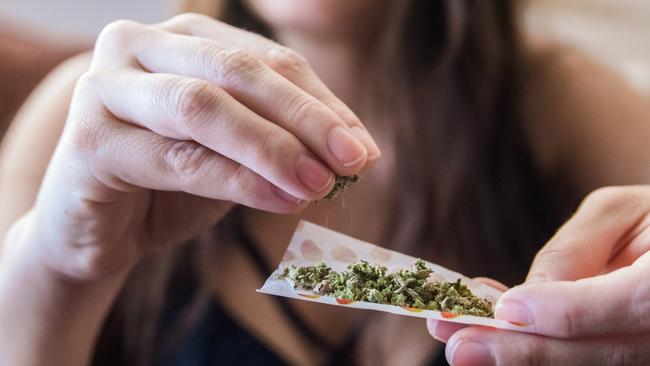
The report also looked at cannabis consumption, which regional Australia uses at double the rate of city dwellers.
The report covers 56 per cent of the population, which equates to about 13 million people.
The tests looked for 13 substances, including nicotine, alcohol, and opioids.
Here’s what showed up for each state and territory:
NSW: MOST COCAINE USERS
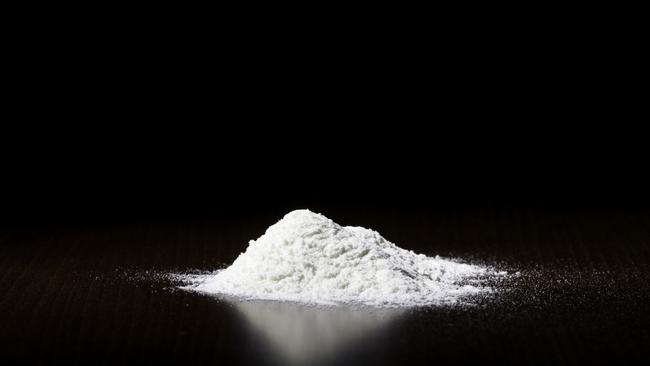
NSW is once again the cocaine state of Australia.
The state has the highest average consumption for both capital cities and regionally when compared to all tested locations nationally.
The state also had the highest regional MDMA and heroin consumption in Australia.
Researchers looked at twelve sites in New South Wales — five cities and seven regional areas.
Compared to April 2018, the state’s average cocaine, heroin and MDMA consumption has increased in both capital city and regionally
The state’s average methylamphetamine consumption decreased in cities but has increased regionally.
VIC: MOST HEROIN USERS
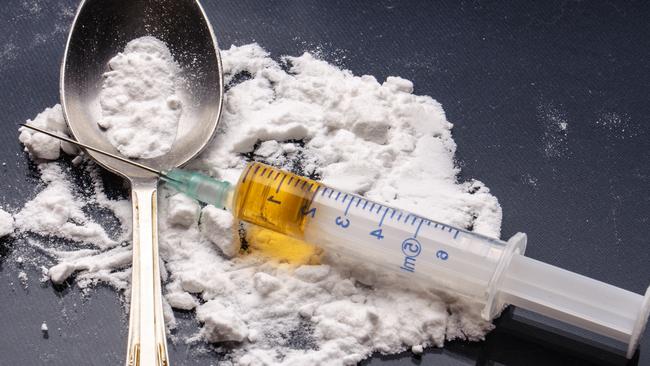
Victoria continues to return the highest average heroin consumption for capital cities, when compared to all locations tested nationally.
This is despite the state’s preference for heroin dropping this year.
The testing found the state’s average heroin consumption decreased in both capital cities and regionally, despite having the second highest heroin and oxycodone average regionally.
The report looked at two major cities and nine regional areas in the state and found Victoria’s nicotine consumption had increased for city and regional areas but alcohol consumption had dropped for both.
Victorians are also using more methylamphetamine in both city and regional areas.
Cocaine and fentanyl use has increased in cities but decreased regionally and MDMA has increased for both cities and regionally.
MORE: Victorians spending big on illicit drugs
WA: BIGGEST METH USERS
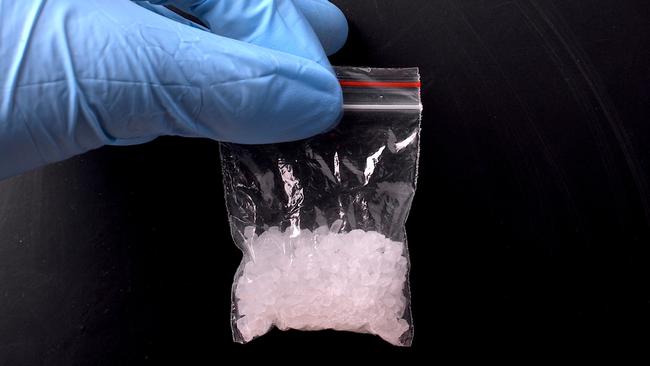
Heading west, Western Australia once again showed the highest average methylamphetamine consumption in both capital cities and regionally when compared to the rest of Australia.
Western Australia also reported the equal second highest regional MDA use nationwide.
The state was also using more cocaine in cities, but use remained relatively stable regionally.
MDMA and heroin use increased for both cities and regionally in the state.
QUEENSLAND: COCAINE HIGH REGIONALLY
Queensland reported the second highest average cocaine consumption in regional sites of all locations tested nationwide and the state’s average methylamphetamine consumption has increased in both cities and regionally.
SA: METH HIGH
South Australians had the second highest methylamphetamine consumption of all the capital cities tested.
SA also reported average cocaine consumption has increased in both capital cities and regionally.
MORE: SA meth affliction is among nation’s worst
TASMANIA: HIGHEST CANNABIS USE
Tasmania reported the highest average cannabis consumption in capital city sites and the second highest cannabis consumption in regional sites of all locations tested nationwide.
Tasmania also reported the highest MDA, oxycodone and fentanyl consumption in both capital city and regional sites nationwide.
MORE: Revealed: Tasmania’s biggest problem drugs
ACT: HIGH OPIOID USE
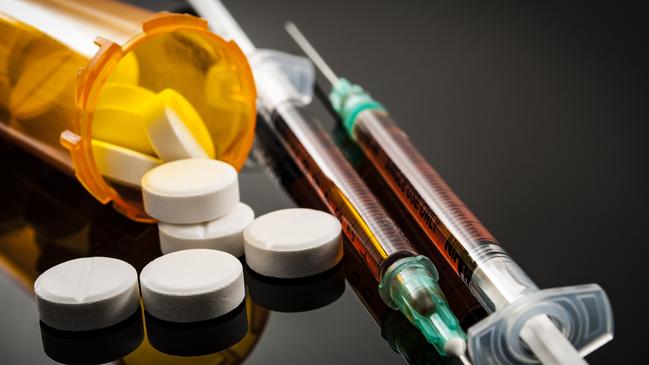
Opioid consumption in the Australian Capital Territory (ACT) is among the highest in the nation and the ACT returned the second highest average capital city consumption of heroin, fentanyl and oxycodone.
NT: HIGHEST REGIONAL CANNABIS USE
The Northern Territory reported the highest average cannabis consumption in regional sites of all locations tested nationwide.
The territory also reported the highest MDMA consumption in capital city sites, and the highest nicotine and alcohol consumption in both capital city and regional sites.
WHAT WAS TESTED
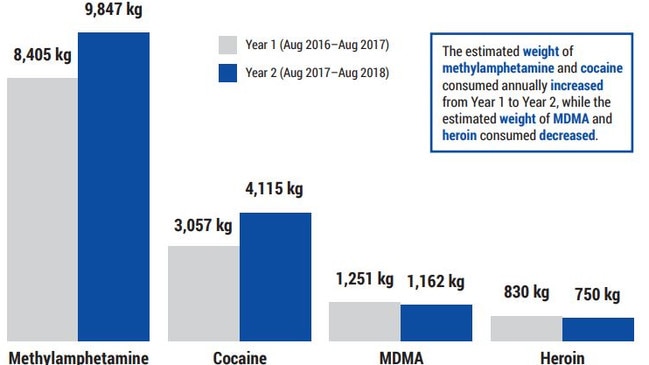
The wastewater analysis tested for the presence of these substances:
Methylamphetamine: Commonly known as methamphetamine
Amphetamine
Cocaine
3,4-methylenedioxymethylamphetamine: MDMA, commonly known as ecstasy
3,4-methylenedioxyamphetamine: MDA
Heroin
Cannabis: Tetrahydrocannabinol is the main psychoactive compound in cannabis
Mephedrone
Methylone
Oxycodone
Fentanyl
Nicotine: Study included nicotine replacement products, such as gums and patches.
Alcohol
HOW THE TESTING WAS DONE
Wastewater samples were collected and analysed atUniversity of South Australia and University of Queensland laboratories.
The samples came from 58 wastewater treatment plants across the country.
22 of the sites were capital cities and 36 were regional plants that covered a wide range of the country’s population.
All sites were allocated a unique code to de-identify their results.
The samples were tested for the drugs mentioned above.


